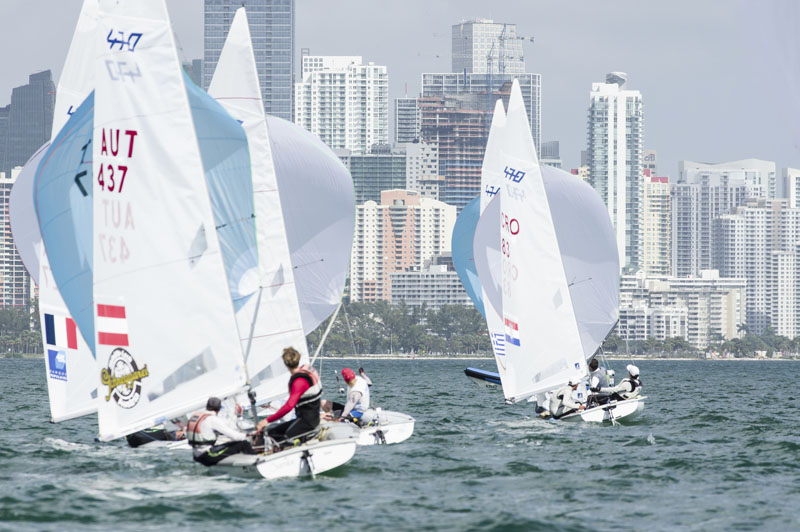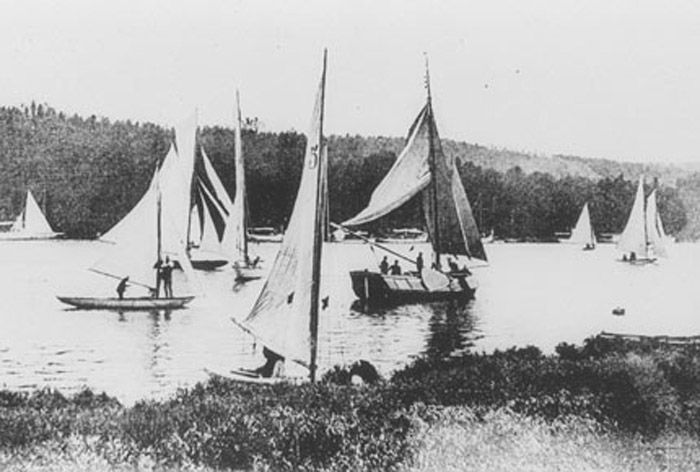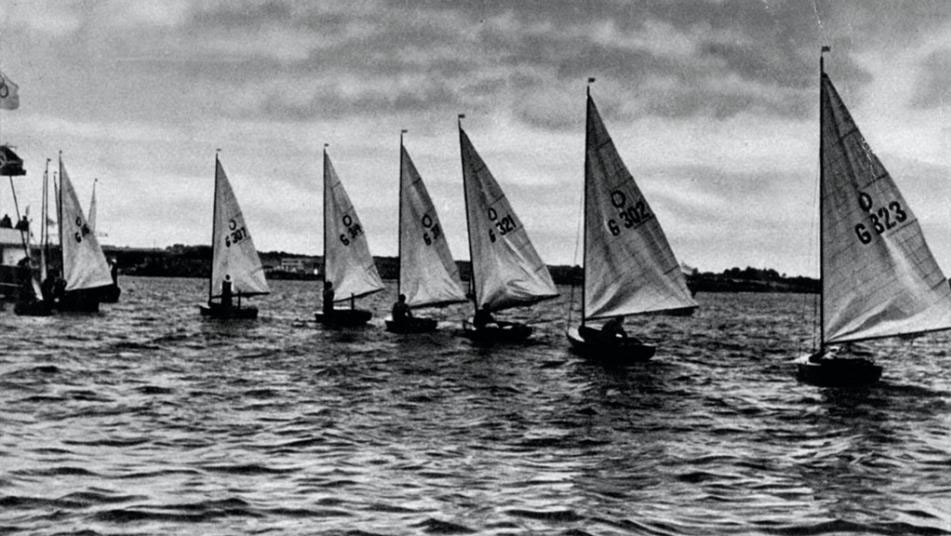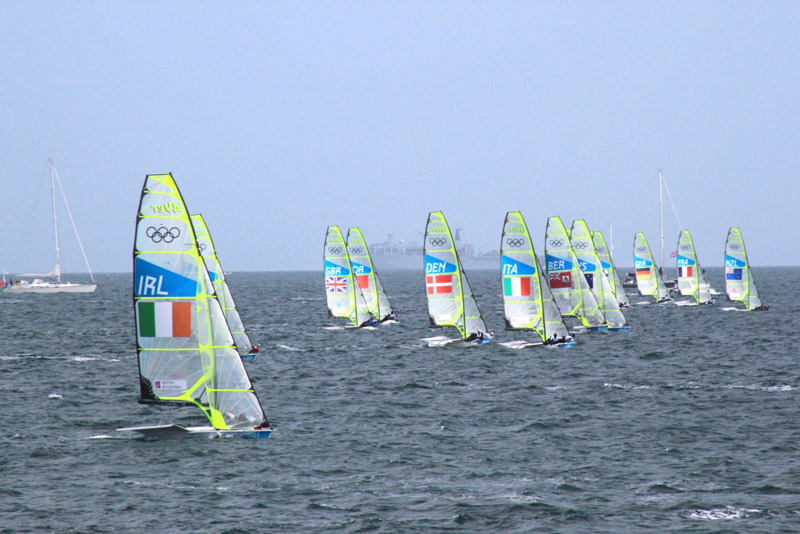
Sailing has been used for travel and fishing since the prehistoric times. It wasn’t considered a sport until the early 17th century when the Dutch started racing 65 foot yachts for fun.
Charles II was given a yacht by the Dutch and the sport quickly caught on in England followed by America. During this time, the idea of the yacht club was founded – as a place for sailors to socialise. The first yacht club was founded in 1720 in Cork, Ireland.
The New York Yacht Club was founded in 1844. After racing locally for a few years, they decided to take their races internationally. In 1851, the USA raced Great Britain around the Isle of Wight. The Americans won and decided to name their trophy – and the race – the America’s Cup. Today it’s the oldest international sailing race in the world.


